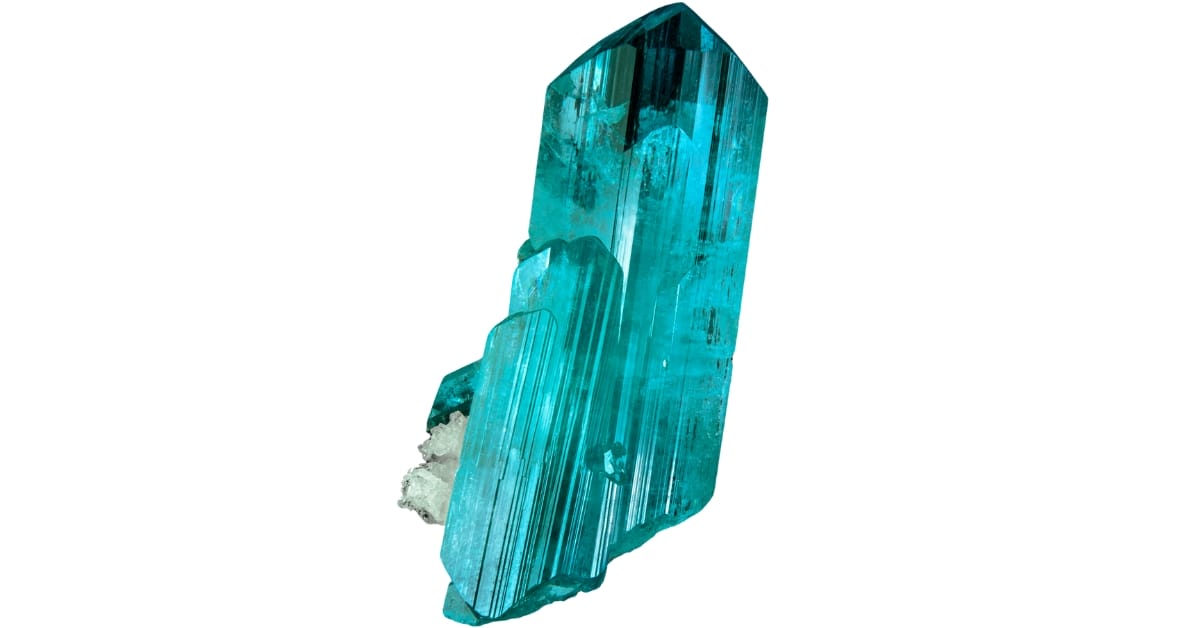Our planet is home to different rocks and crystals that can trick your eyes into thinking they’re looking at a piece of glass. These finds catch the light in incredible ways, sparkling, gleaming, and sometimes even reflecting colors like a prism.
What’s really exciting is how each one has its own story, shape, and distinct beauty that sets it apart from regular glass. Let’s dive into the fascinating world of rocks and crystals that look like glass and get ready to be amazed by their uniqueness!
Glass-like Rocks And Crystals
Rocks and crystals that resemble glass often have a vitreous luster, transparency, or translucency, making them appear glass-like in appearance. Here are some of the most stunning ones that you can find:
Obsidian
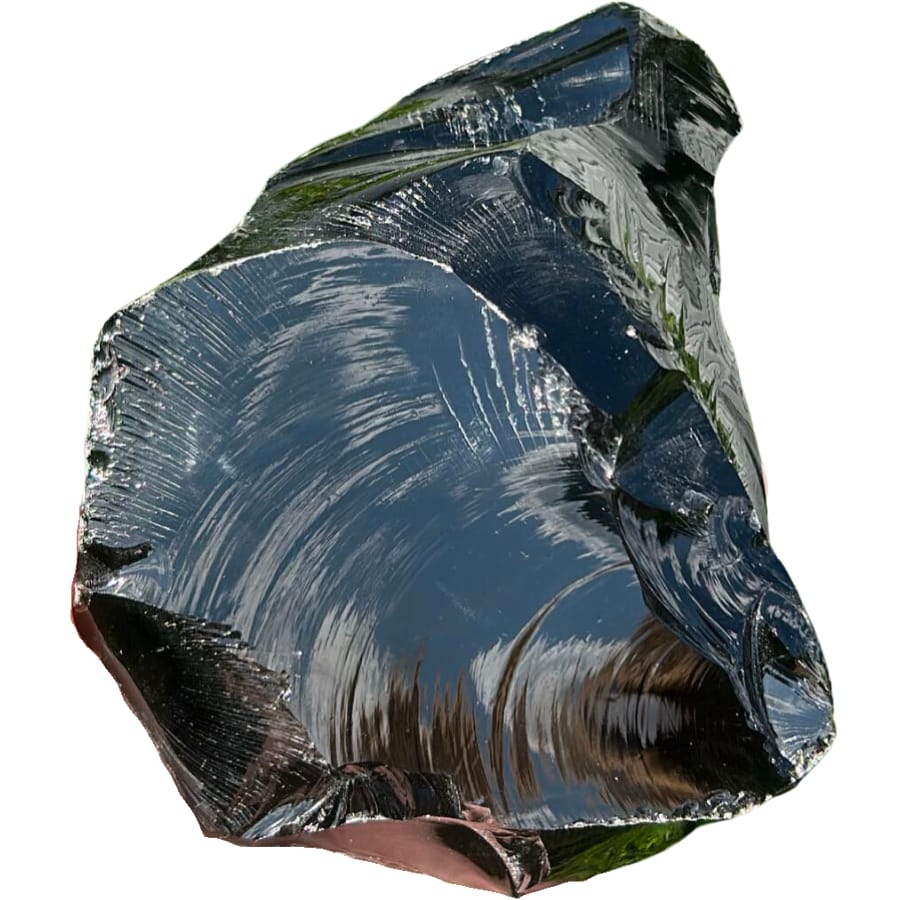
Obsidian is literally a natural glass. During its formation, it cooled super fast from lava without forming crystals, giving it a smooth, shiny surface.
The colors of obsidian can vary, including black, brown, and even a greenish hue, depending on what’s mixed in with the lava.
People have used it to make sharp tools and weapons for thousands of years, thanks to its glassy edge when broken. Its glass-like appearance isn’t just for show; it’s a glimpse into its volcanic origin.
Moldavite
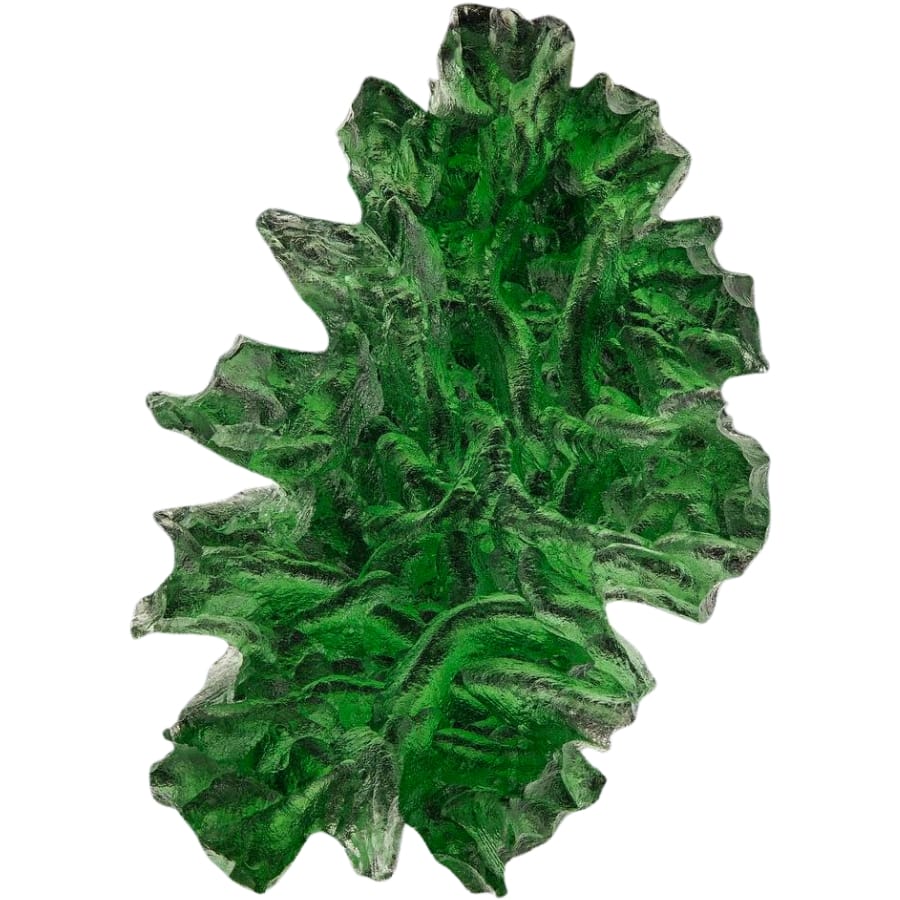
Moldavite is a unique green rock that was formed millions of years ago when a meteorite hit the ground, heating the rocks and earth around it. The intense heat from the impact melted the materials, which then cooled down quickly to form it.
This rock isn’t just any ordinary glass look-alike; its deep green color and textured surface set it apart. Moldavite often has a bumpy, uneven texture.
Unlike other rocks that can be found all over, moldavite has a very specific origin story tied to the stars.
Quartz
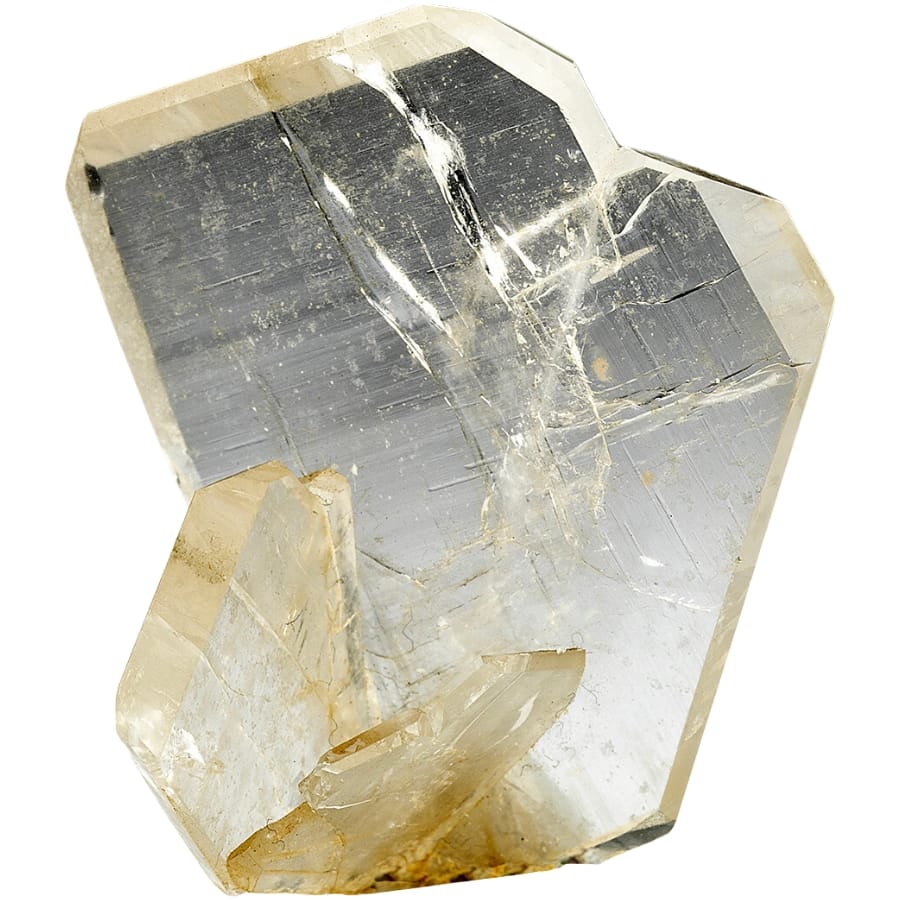
Quartz is a shiny rock that forms when silica-rich solutions cool down and harden, either in cracks underground or in places where hot water circulates through rocks. It can be clear or have different colors depending on the minerals inside it.
The value of quartz isn’t just in how it looks; it’s also in its durability and how well it can transmit light and electricity.
It’s the most common minerals on the planet, yet it can be found in some of the most stunning and diverse forms, which keeps rockhounds always searching for it.
Fluorite
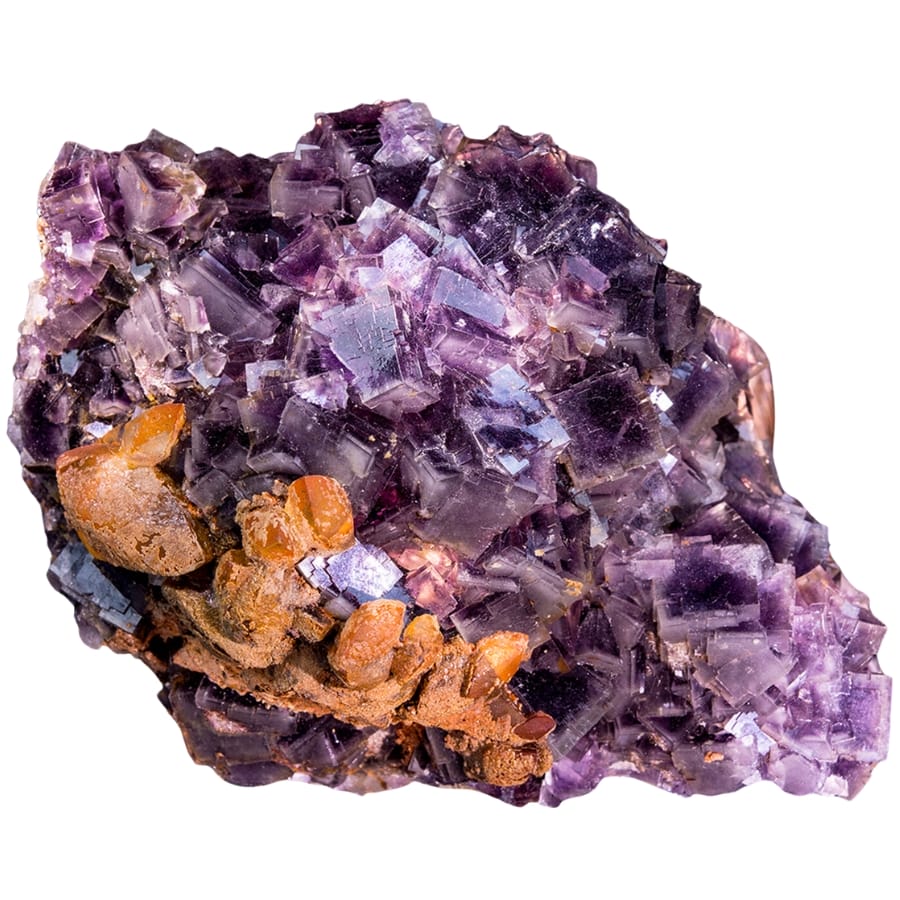
Fluorite forms when mineral-rich water moves through rocks, leaving behind crystals that can be clear, green, purple, blue, or even a mix of colors. It can look so smooth and polished, with a glossy surface that reflects light beautifully.
Fluorite’s value is increased by its use in making things like steel and aluminum, showing how its beauty has practical uses, too.
Another interesting property of fluorite is that it glows under ultraviolet light. This is due to certain minerals in it that react to UV light.
Selenite
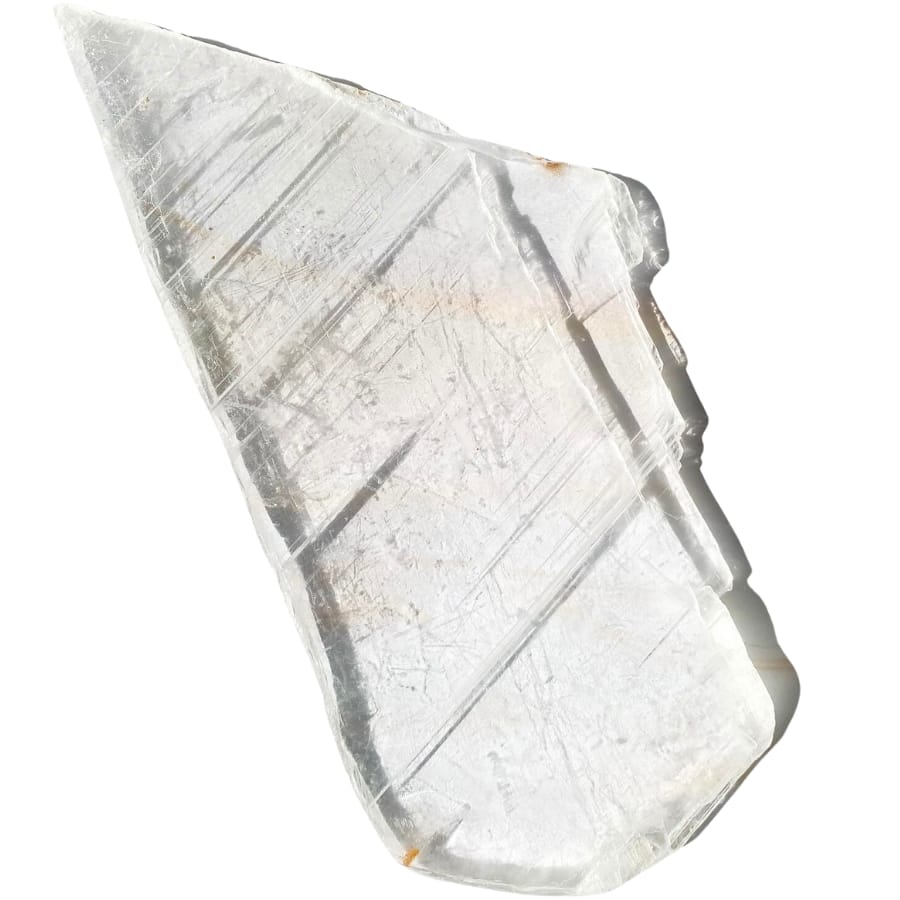
Selenite is a clear, shiny rock that can look so much like glass, you might think it’s man-made at first glance. It’s a form of gypsum that forms from evaporating saltwater in places like lakes and seas.
It can be split into thin sheets that are so transparent, they can seem almost invisible. Selenite’s price is quite affordable, which is surprising given how stunning it looks.
Interestingly, it can slowly dissolve in water, so if you have a piece, you’ll want to keep it dry to preserve its beauty.
Iceland Spar
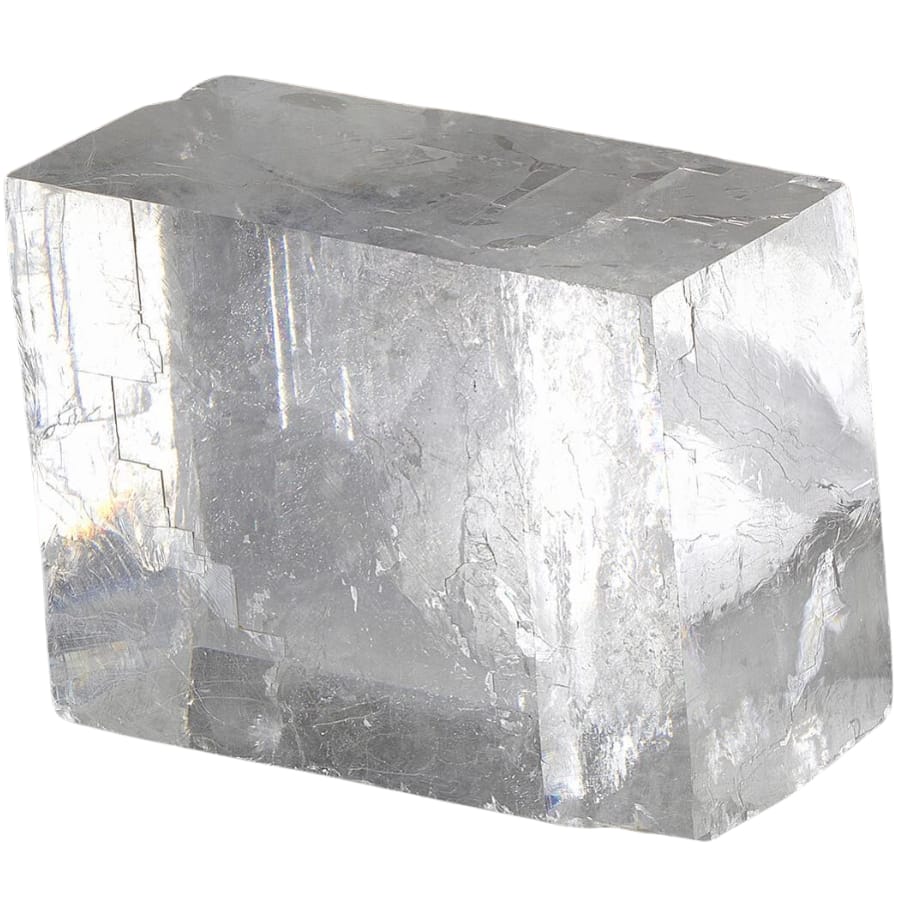
Iceland spar is completely clear, making it look like a piece of glass. It’s a form of calcite that forms from slowly crystallizing calcium carbonate in groundwater.
It has the ability to split light into two rays, a property called double refraction. This makes anything viewed through the crystal appear doubled. It’s super clear, sometimes so much that you’d hardly know it’s there if you weren’t holding it!
It was used in the past for navigation because of its unique optical qualities. Vikings may have used it to find the sun on cloudy days.
Ulexite
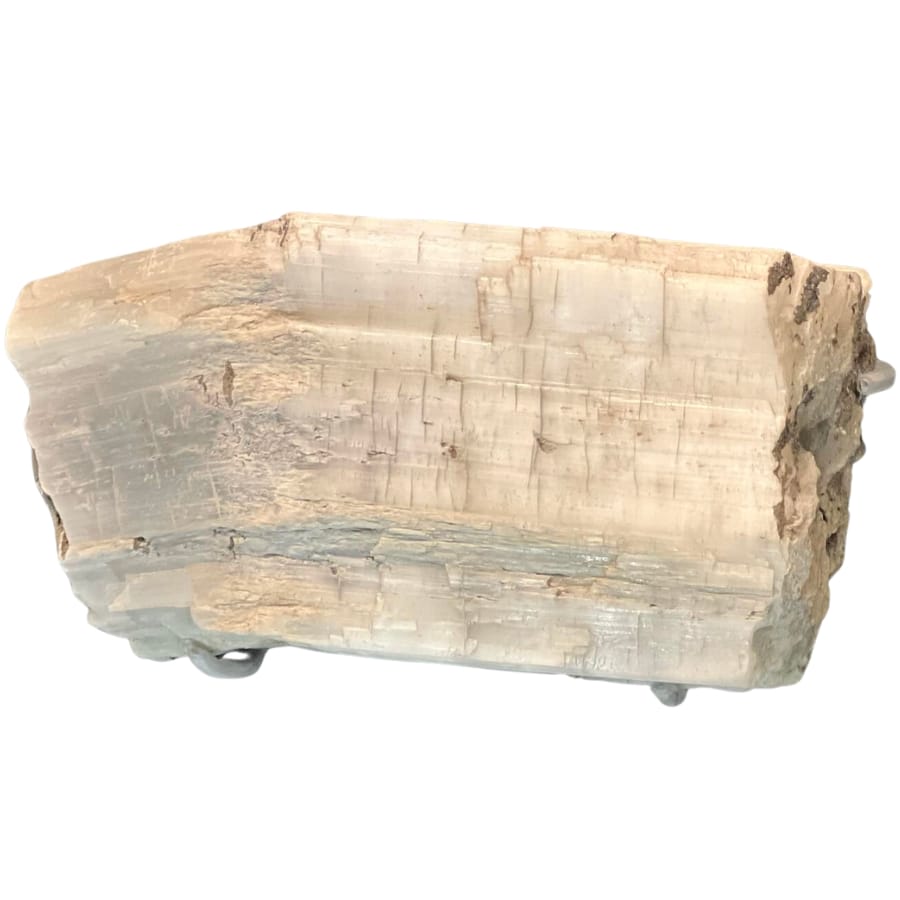
Ulexite looks like a bunch of cotton or frosty glass. It forms in places where water evaporates from boron-rich soils.
It can transmit light along its fibers, almost like natural fiber optic cables. If you put it on top of written words or pictures, it can “project” the image to the top, making it look like the words are on the surface of the ulexite itself.
Because of this ability, ulexite is often called “TV Rock,” alluding to its ability to create a “screen” effect.
Emerald

Emeralds are beautiful, green gems that shine bright and clear. They form deep underground when beryllium-rich rocks react with chromium or vanadium, giving them their stunning green color.
Some have little marks or “inclusions” inside, but that just adds to their charm. They’re also really tough, so among the uses of emeralds is for all sorts of jewelry.
In fact, they were Cleopatra’s favorite gemstone! She even claimed ownership of all emerald mines in Egypt during her reign.
Aquamarine
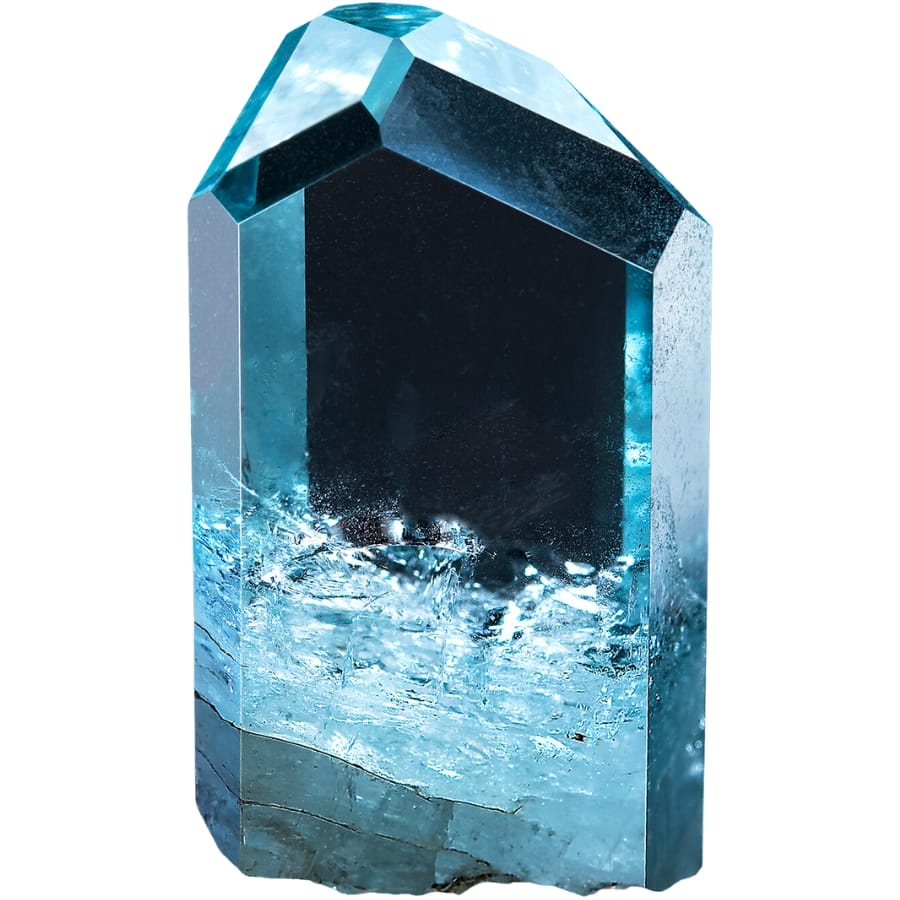
Aquamarine looks like the clear blue sea turned into a stone. It forms deep underground in granite rocks under high temperatures and pressure. It’s part of the beryl family, just like emeralds, but with a different color due to traces of iron.
Identifying real aquamarine is all about looking for its beautiful blue color, which sets it apart from other gems.
In the past, sailors used to carry it as a lucky stone to protect them and ensure a safe voyage across the waters.
Calcite
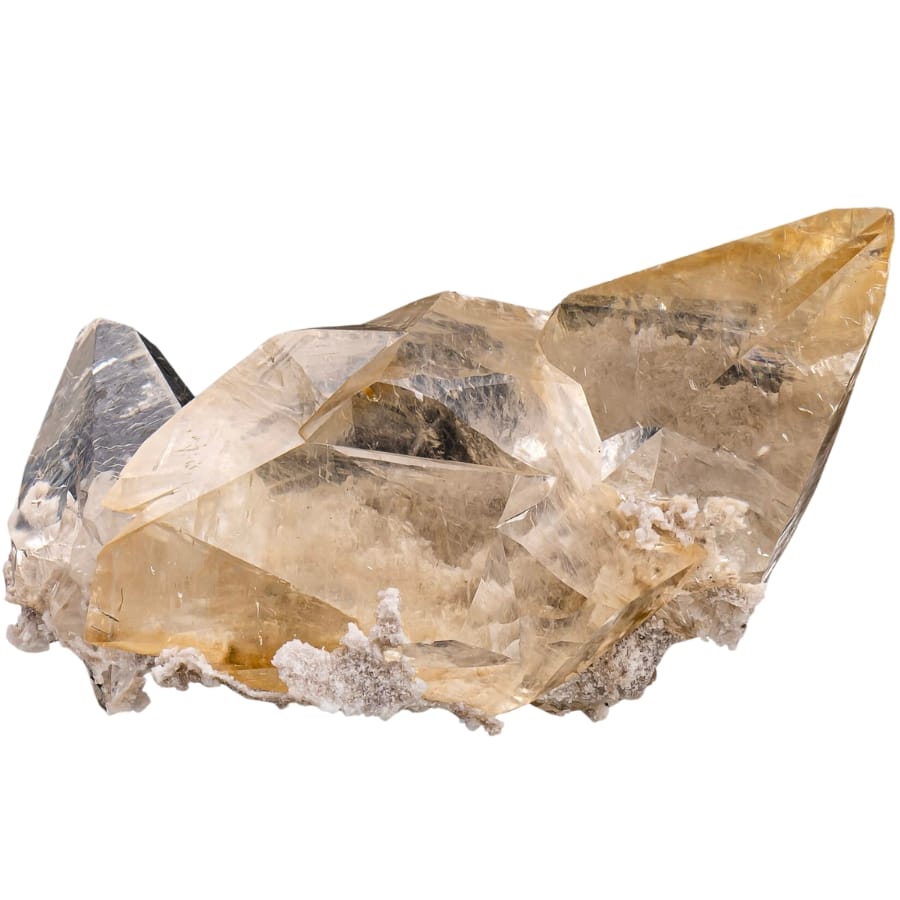
Calcite forms from the buildup of calcium carbonate, which you can find in things like seashells and limestone. It comes in many different colors and shapes, making it super versatile.
There are lots of types of calcite, from the clear, crystal kind to the kind that’s bright orange or deep red. This crystal can make things look double when you look through it, thanks to its property of double refraction.
This means if you put a piece of calcite over a line on a piece of paper, you’ll see the line twice!
Danburite
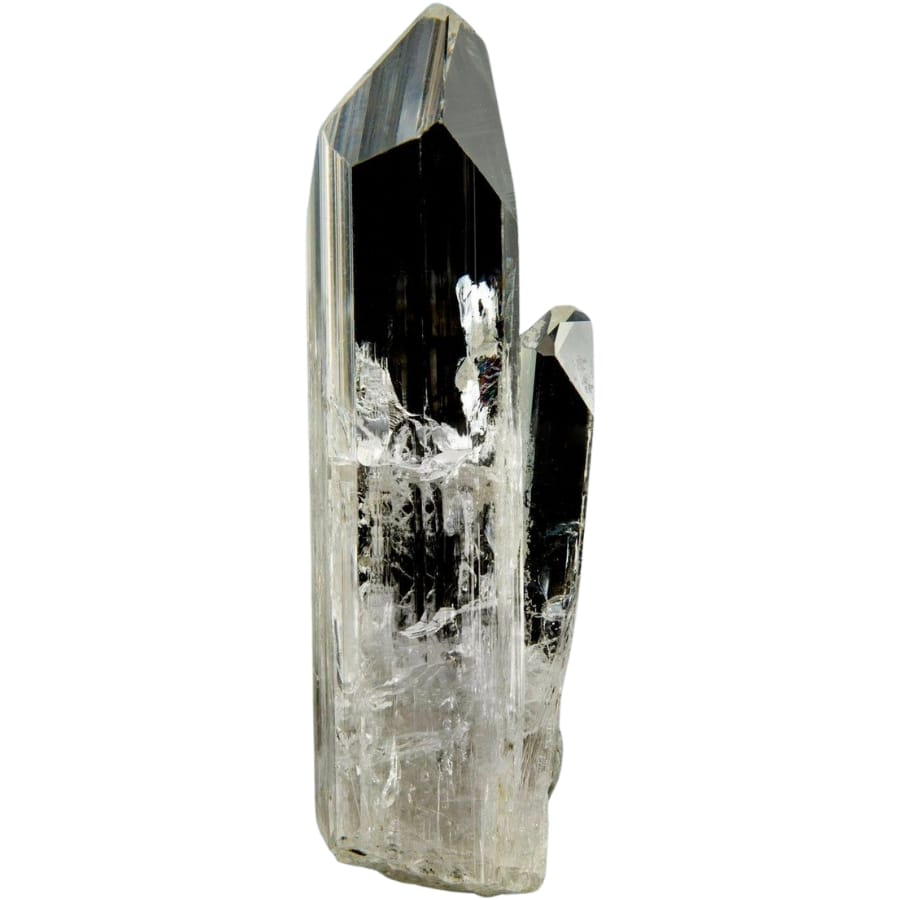
Danburite can catch your eye because it’s so shiny and clear, almost like glass. It forms when high temperatures and pressures change limestone into something new and beautiful.
It can be colorless or have a hint of pink, yellow, or brown. Its glassy look and how it sparkles when light hits it make it a favorite for jewelry.
It was first discovered in Danbury, Connecticut, which is how it got its name. Even though it’s not as well-known as some other gems, it has a special charm!
Topaz
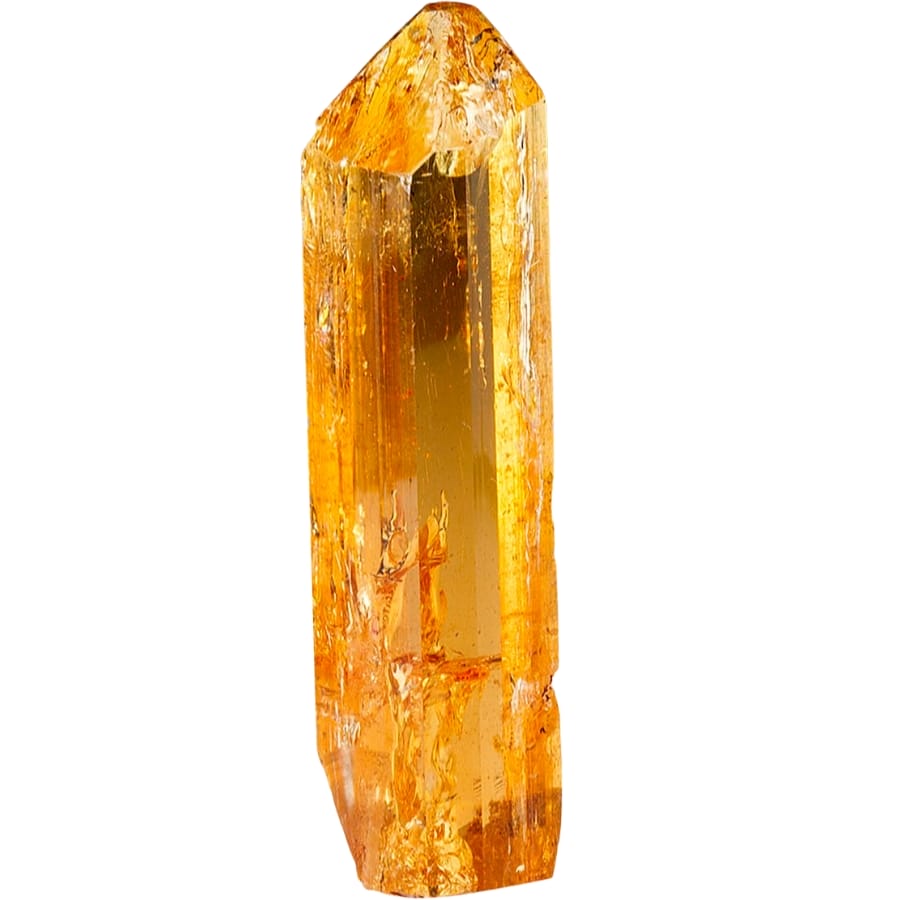
Topaz forms in rocks deep in the Earth’s crust, where it cools down slowly over time. This process gives it its shiny, glass-like appearance that can catch the light in amazing ways.
The types of topaz range from clear and colorless to deep blue, pink, and even golden yellow. Each color has its own unique vibe, but they all share the same sparkly quality that makes topaz so beloved.
It’s the birthstone for November, making it extra special for people born in that month.
Apophyllite
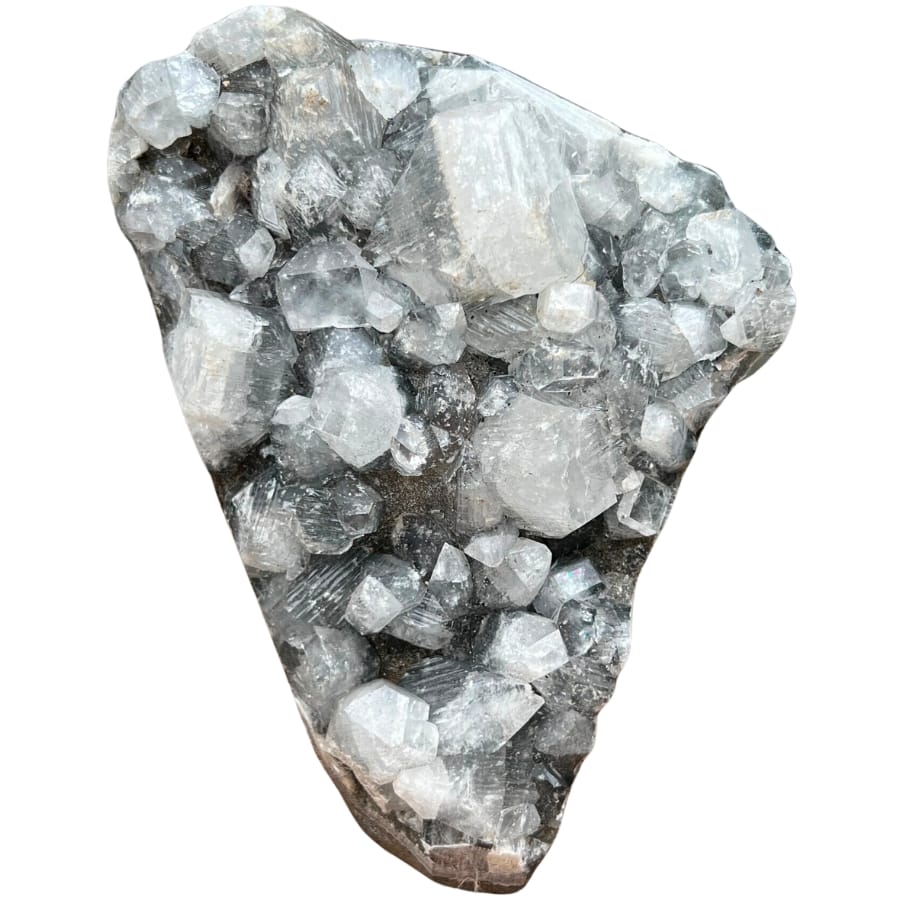
Apophyllite forms in volcanic areas where gases and minerals mix together in cracks and cavities. It can be clear or have shades of green, pink, and white.
It often forms pyramid-like shapes, which can look amazing in a rock collection.
Another interesting fact is that it can lose water when heated up, but it doesn’t change its overall shape. This means it keeps its sparkly look even after losing some of its water content.
Halite
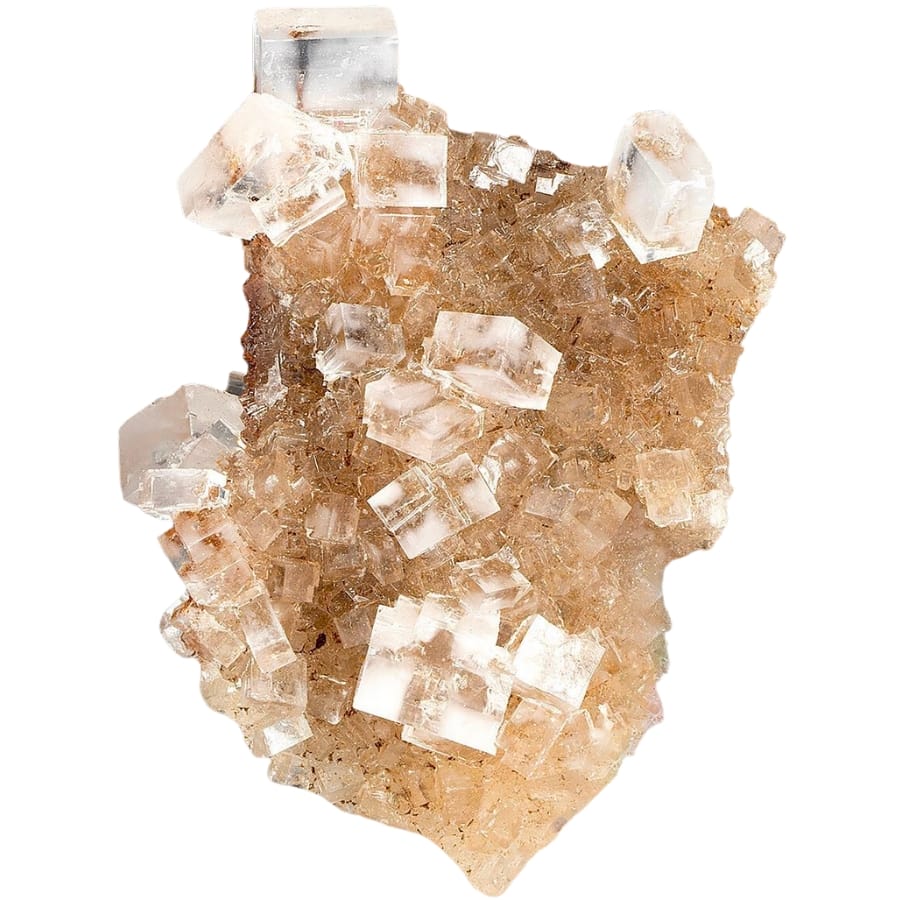
Halite is actually the same as table salt! It forms from the evaporation of salty water in lakes or seas, leaving behind large, clear crystals that look a lot like glass cubes.
Halite crystals are usually white or clear, but they can also be pink or orange because of impurities. What makes it more interesting is that you can taste it, and it’s salty!
It’s been used for centuries not just in cooking but also to preserve food. This rock’s ability to keep food from spoiling made it super valuable long before refrigerators.
Garnet
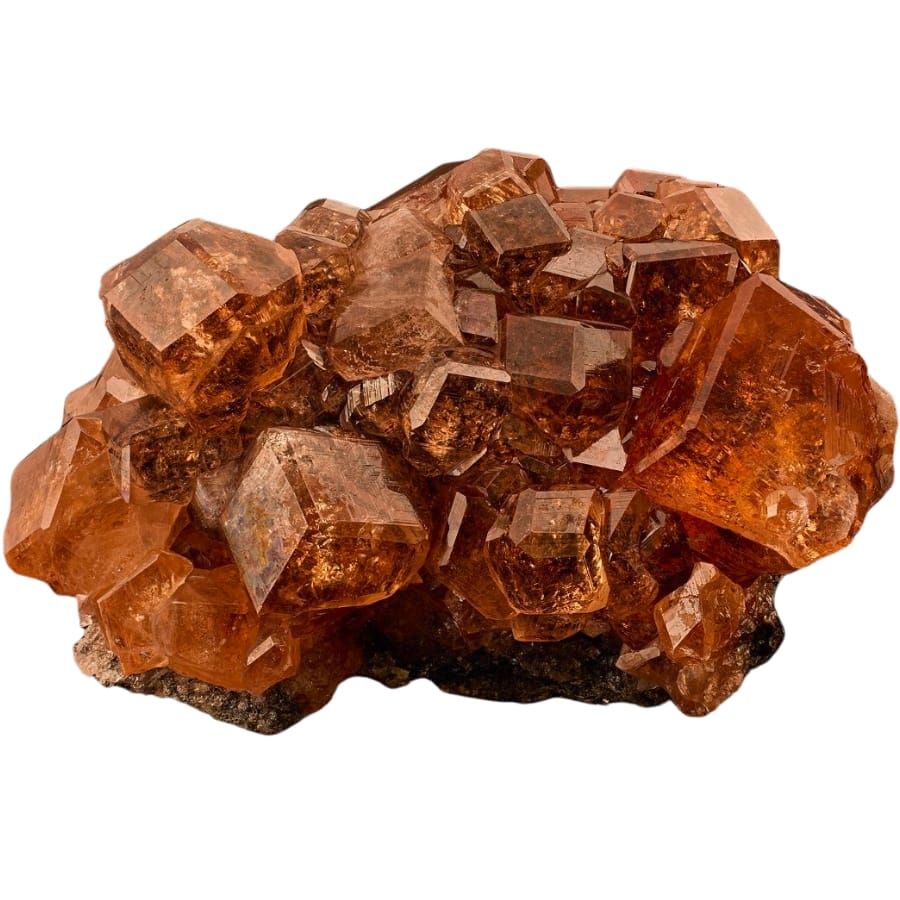
Garnet is known for its deep red color, but it can also be orange, green, or even purple. It forms when high temperatures and pressures change rocks deep underground. This makes this crystal great for all sorts of jewelry.
To identify a real garnet, look for its glassy luster and check its hardness; it’s pretty tough and can scratch metals like copper.
Garnet has been used since ancient times, not only as decoration but also as an abrasive to polish things.
Spodumene
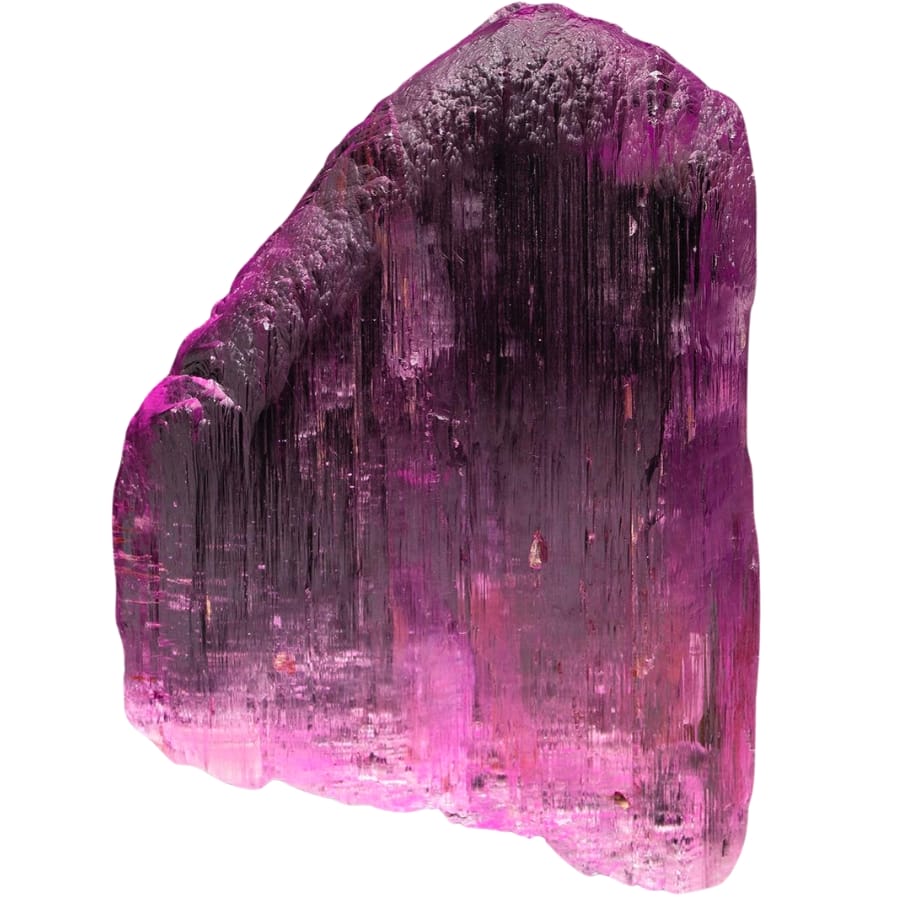
Spodumene comes in big, long crystals. It can look pretty glassy and shiny, and it’s found in different colors like clear, pink, which is called kunzite, and green, known as hiddenite.
It forms in pegmatite rocks filled with rare and beautiful minerals. These rocks form when magma cools down slowly, letting big crystals grow over time.
Spodumene is a major source of lithium, the stuff that powers batteries in phones and electric cars. It’s important for all kinds of modern gadgets we use every day.
Phenakite
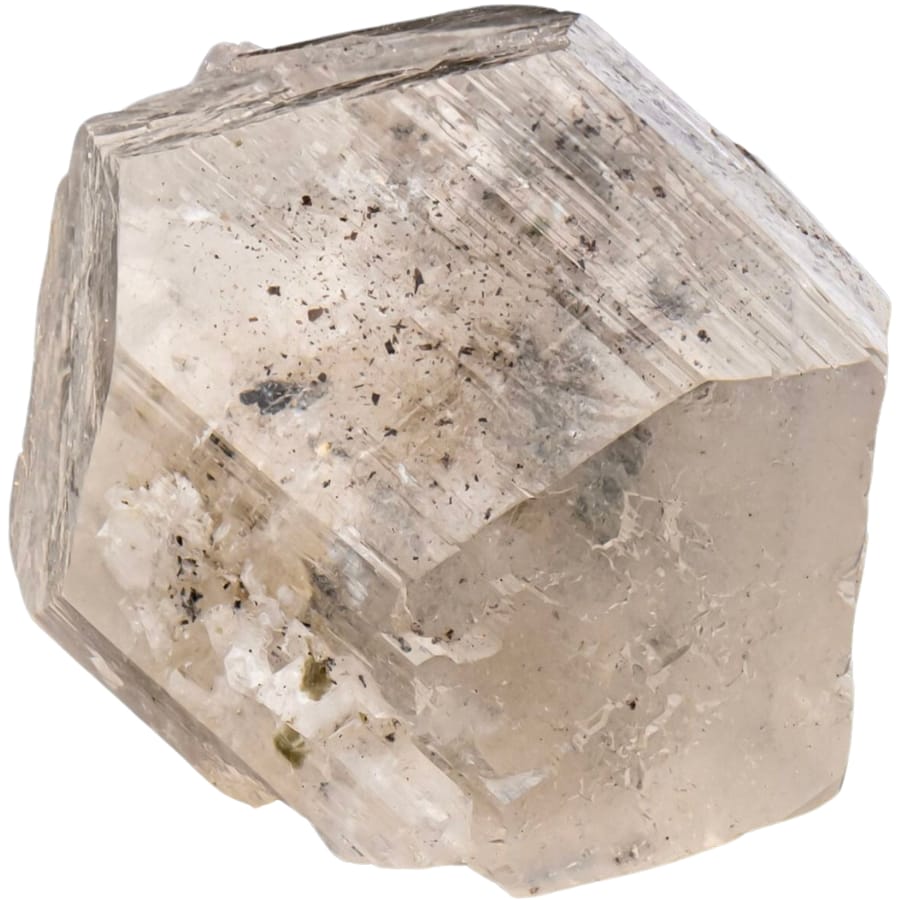
Phenakite is a rare and pretty mineral that looks a lot like glass. It’s usually clear or a little bit milky, and it shines bright when the light hits it just right.
It forms in granite and pegmatite rocks, which cool slowly deep under the ground. This slow cooling lets big, clear crystals of phenakite grow over time. Despite looking so delicate, phenakite is pretty hard, which surprises a lot of people.
It was named after the Greek word for “deceiver” because it’s often mistaken for quartz. But unlike quartz, phenakite is much rarer.
Euclase
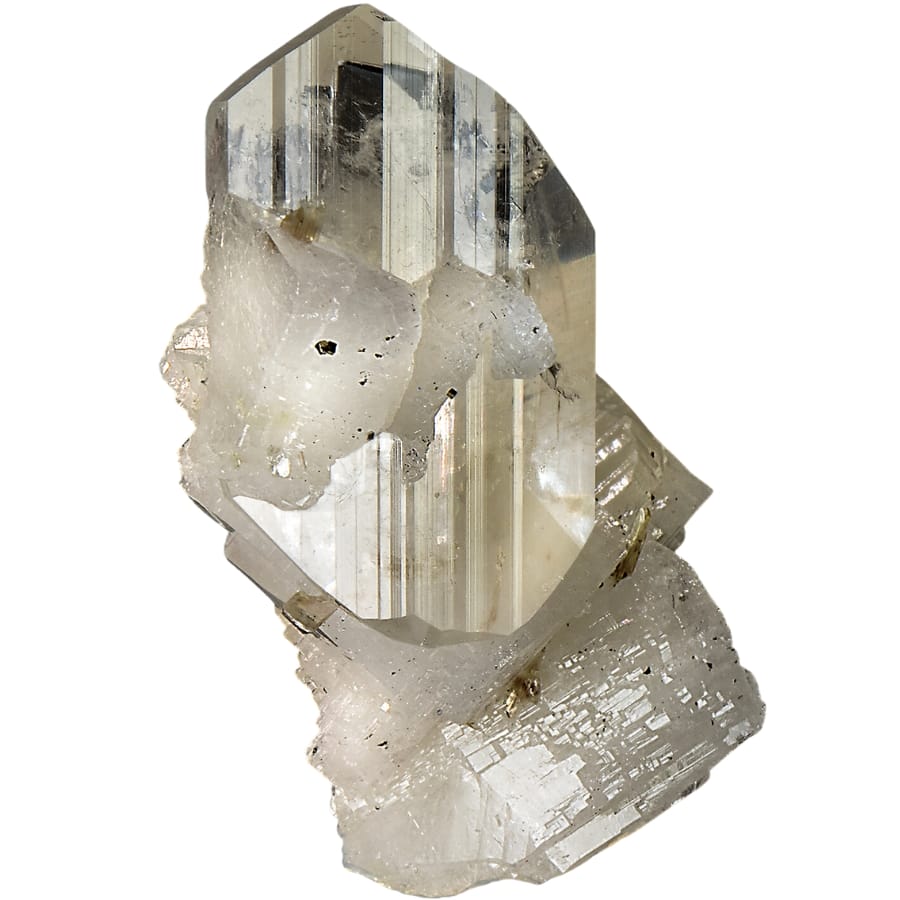
Euclase can be clear or come in shades of blue and green. It forms in rocks that have been changed by heat and pressure. One of the best things about it is how it catches the light, shining bright just like a diamond.
It’s named after a Greek word meaning “easily broken,” which points to its delicate nature.
Even though euclase looks tough and sparkly, it needs to be handled with care to keep it from getting damaged.
Rhodizite
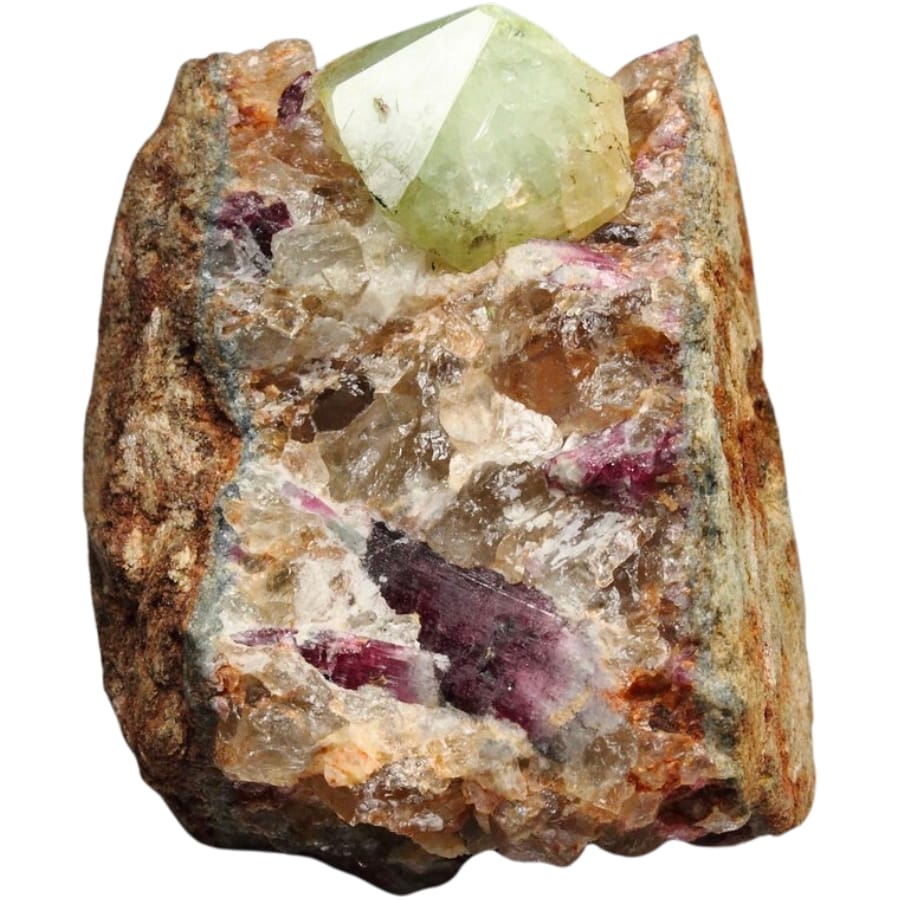
Rhodizite is a small but mighty mineral that can look a bit like glass. It’s usually colorless or has a light yellow tint, making it shine and sparkle when the light hits it just right.
One of the coolest things about rhodizite is how hard it is, which means it can keep its shiny, glassy look for a long time.
Because of this, it’s known as the “master crystal” despite its tiny size. This nickname comes from its strong and durable nature.
Herkimer Diamond
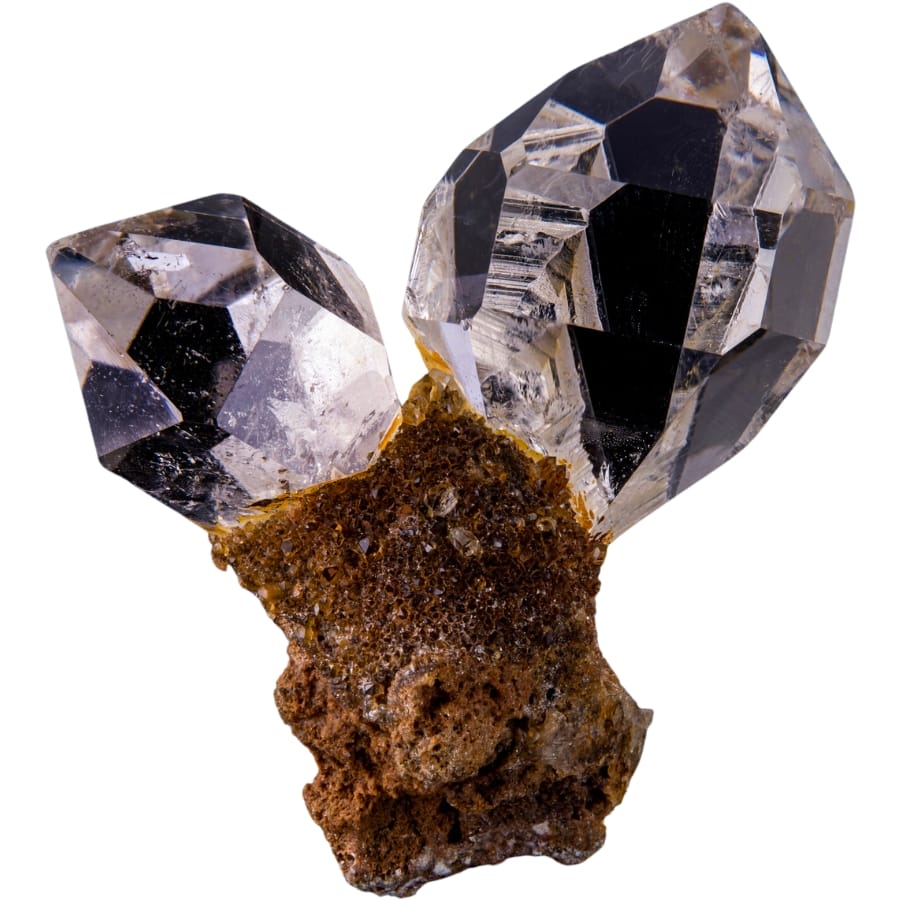
Herkimer diamond is not a real diamond, but it’s just as cool! It’s clear quartz crystals that look a lot like glass because it’s so shiny and transparent.
It forms in special rock cavities filled with water, which helps the quartz crystal grow slowly and become clear and bright. It has two pointed ends, which is pretty unique for quartz crystals.
It’s named after Herkimer County, New York, where it’s often found.

